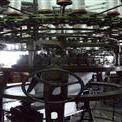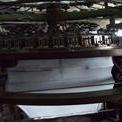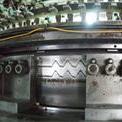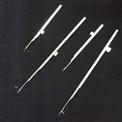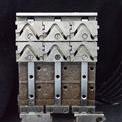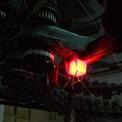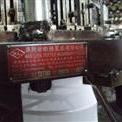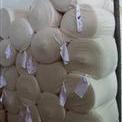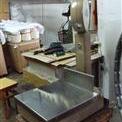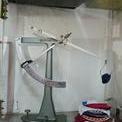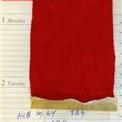-
History & Society
- Education in Pre-war Hong Kong
- History of Taikoo Sugar Refinery
- Hong Kong Products Exhibition
- Local Festivals Around the Year
- Post-war Industries
- Pre-war Industry
- The Hong Kong Jockey Club Archives
- Tin Hau Festival
- Memories We Share: Hong Kong in the 1960s and 1970s
- History in Miniature: The 150th Anniversary of Stamp Issuance in Hong Kong
- A Partnership with the People: KAAA and Post-war Agricultural Hong Kong
- The Oral Legacies (I) - Intangible Cultural Heritage of Hong Kong
- Hong Kong Currency
- Hong Kong, Benevolent City: Tung Wah and the Growth of Chinese Communities
- The Oral Legacies Series II: the Representative List of the Intangible Cultural Heritage of Hong Kong
- Braving the Storm: Hong Kong under Japanese Occupation
- A Century of Fashion: Hong Kong Cheongsam Story
Geography & EnvironmentArt & Culture- Calendar Posters of Kwan Wai-nung
- Festival of Hong Kong
- Ho Sau: Poetic Photography of Daily Life
- Hong Kong Cemetery
- Sketches by Kong Kai-ming
- The Culture of Bamboo Scaffolding
- The Legend of Silk and Wood: A Hong Kong Qin Story
- Journeys of Leung Ping Kwan
- From Soya Bean Milk To Pu'er Tea
- Applauding Hong Kong Pop Legend: Roman Tam
- 他 FASHION 傳奇 EDDIE LAU 她 IMAGE 百變 劉培基
- A Eulogy of Hong Kong Landscape in Painting: The Art of Huang Bore
- Imprint of the Heart: Artistic Journey of Huang Xinbo
- Porcelain and Painting
- A Voice for the Ages, a Master of his Art – A Tribute to Lam Kar Sing
- Memories of Renowned Lyricist: Richard Lam Chun Keung's Manuscripts
- Seal Carving in Lingnan
- Literary Giant - Jin Yong and Louis Cha
Communication & Media- Hong Kong Historical Postcards
- Shaw Brothers’ Movies
- Transcending Space and Time – Early Cinematic Experience of Hong Kong
- Remembrance of the Avant-Garde: Archival Camera Collection
- Down Memory Lane: Movie Theatres of the Olden Days
- 90 Years of Public Service Broadcasting in Hong Kong
- Multifarious Arrays of Weaponry in Hong Kong Cinema
-
History & SocietyGeography & EnvironmentArt & Culture
-
View Oral History RecordsFeatured StoriesAbout Hong Kong Voices
-
Hong Kong Memory
- Collection
- All Items
- Photos and Documents
Recently VisitedPhotos and Documents
A cylindrical knitting machine from the 1980s. The top of the machine held cotton threads which were knitted into white grey fabrics underneath. The knitting machine was knitting white grey fabrics which was fabrics have not yet been bleached or dyed. The insides of knitting machines were fitted with many needles and cams. Through coordinating the needles and cams, fabric textures could be adjusted. Knitting needles came in different types, with more than 2,000 needles fitted into each machine. While most knitting needles cost around $2, the most expensive sold for $9 and had to be imported from Japan, Germany or Taiwan. If a machine operated 24 hours a day, needles had to be replaced every 12 months or so. When put in knitting machines, cams had different types. Coordinating with the knitting needles, the cams were used to knit different fabric patterns.Warning devices were installed on knitting machines. If a loom’s cotton thread was cut off, the alarm light would turn on and the loom would cease working in order to stop holes appearing in the knitted fabrics. Once the workers fixed the cotton threads on the reel again, the loom could restart. A knitting machine made by the “Wah Luen Textile Machinery Fty. Ltd.”. The label was marked with the size of the machine, model number, serial number and date of manufacture. Finished grey fabrics were bound in a roll, tied with a small white cloth on which information such as the fabric serial number and customer name were written. Finished grey fabrics were put on a scale to measure their weight. A scale was used to measure the weight of fabric samples.Copyright © 2012 Hong Kong Memory. All rights reserved.
| Set Name |






